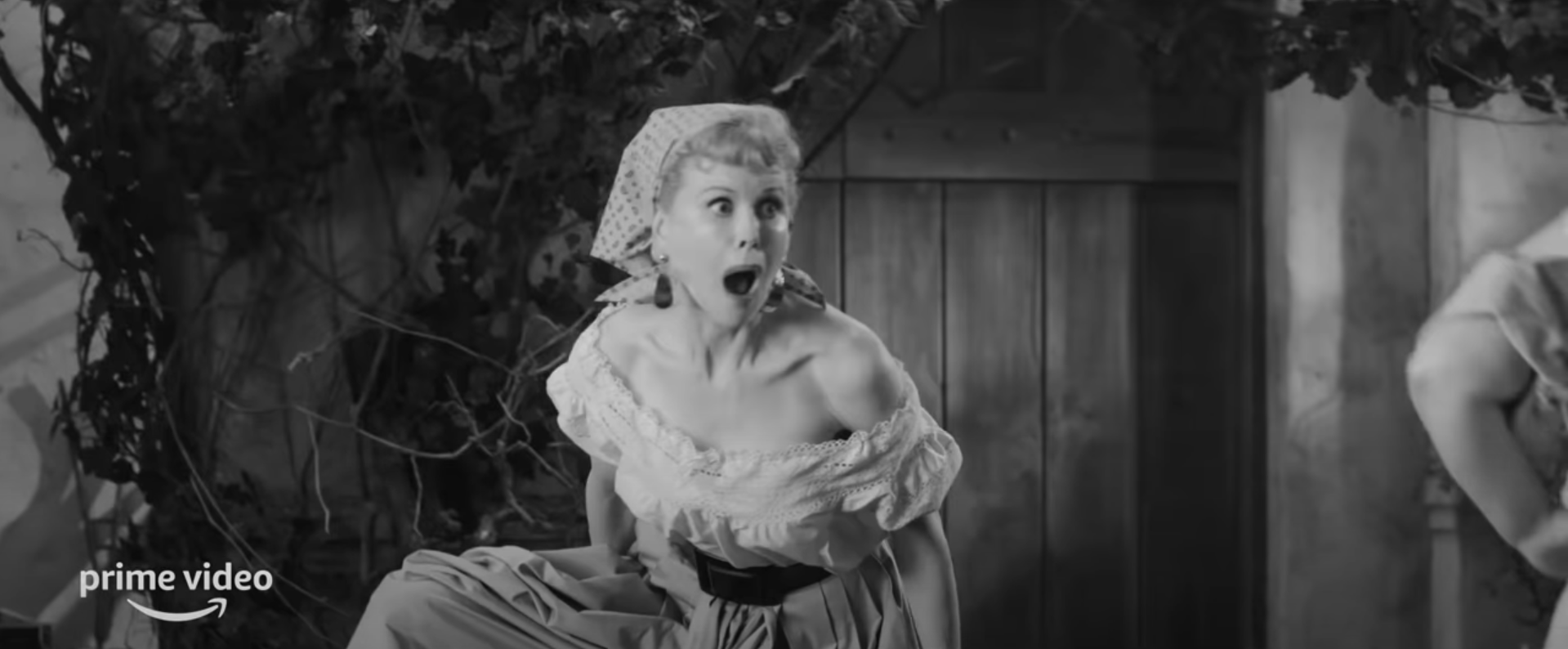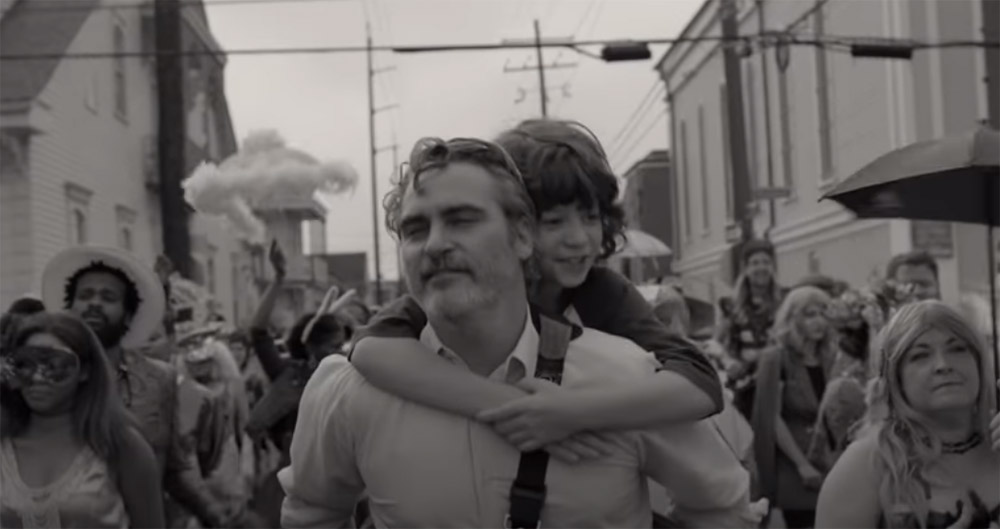Nightmare Alley
by Hope Madden and George Wolf
Step right up, folks, and witness a master of the macabre! See Guillermo Del Toro twist the familiar tale of ambition run amuck! Gasp at the lurid, gorgeous, vulgar world of Nightmare Alley!
Bradley Cooper stars as Stan, good lookin’ kid on the skids taken in by Clem (Willem Dafoe, creepy as ever) to carny for a traveling show. Stan picks up some tricks from mentalist Zeena (Toni Collette) and her partner Pete (David Strathairn), then lures pretty Molly (Rooney Mara) to the big city to set up their own mind-reading racket.
Things are going swell, too, until Stan gets mixed up with psychiatrist Lillith (Cate Blanchett) whose patient list includes some high rollers with large bank accounts ripe for the picking.
That’s already one hell of an ensemble, but wait there’s more! Richard Jenkins, Ron Perlman, Mary Steenburgen and Tim Blake Nelson all add immeasurably to the sketchy world Stan orbits.
What Del Toro brings to the tale, besides a breathtaking cast and an elegantly gruesome aesthetic, is his gift for humanizing the unseemly. Edmund Goulding’s 1947 adaptation of William Lindsay Gresham’s novel (a solid slice of noir with Tyrone Power in the lead) dulled the edges of any seediness. Even Tod Browning’s Freaks – maligned as it was – found the unsettling carny life mainly wholesome.
Cinematographer Dan Lausten and composer Nathan Johnson create a delicious playground for Del Toro’s carnival to call home, one where even the most likable members of the family turn a blind eye to something genuinely sickening and cruel happening in their midst. The filmmaker plumbs that underlying horror, complicating Stan’s arc and allowing the film’s climax to leave a more lasting mark.
As usual, Del Toro wears his feelings proudly on his sleeve, with unmistakable but organic foreshadowing that ups the ante on the stakes involved. Anchored by another sterling performance from Cooper, Stan’s journey rises to biblical proportions. An actor whose gifts are often deceptively subtle, Cooper makes sure Stan’s pride always arrives with a layer of charming sympathy, even as it blinds him to the pitfalls ahead.
And Blanchett – shocker – is gloriously vampy. She swims elegantly through the sea of noir-ish light and framing that Del Toro bathes her in, as Lillith casts a spell that renders Stan’s helplessness a fait accompli.
Nearly every aspect of the screenplay (co-written by Del Toro and Kim Morgan) creates a richer level of storytelling than the ’47 original. The dialog is more sharply insightful, the finale more dangerously tense and the characters – especially Mara’s stronger-willed Molly – more fully developed. All contribute greatly toward the film rebounding from a slightly sluggish first act to render the two and a half hour running time unconcerning.
For Del Toro fans, the most surprising aspect of Nightmare Alley might be the lack of hopeful wonder that has driven most of his films. As the title suggests, this is a trip to the dark corners of the soul, where hope is in damn short supply.
So as much as this looks like a Del Toro film, it feels like a flex just from taking his vision to the sordid part of town. But what a vision it turns out to be – one of the year’s best and one of his best.
Don’t believe me? See it with your own eyes, step right up!












